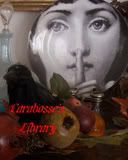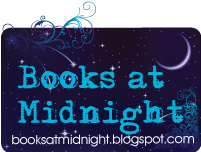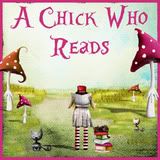
When a bird flies into a window in Spring Green, Wisconsin, sisters Milly and Twiss get a visit. Twiss listens to the birds' heartbeats, assessing what she can fix and what she can't, while Milly listens to the heartaches of the people who've brought them. These spinster sisters have spent their lives nursing people and birds back to health.
But back in the summer of 1947, Milly and Twiss knew nothing about trying to mend what had been accidentally broken. Milly was known as a great beauty with emerald eyes and Twiss was a brazen wild child who never wore a dress or did what she was told. That was the summer their golf pro father got into an accident that cost him both his swing and his charm, and their mother, the daughter of a wealthy jeweler, finally admitted their hardscrabble lives wouldn't change. It was the summer their priest, Father Rice, announced that God didn't exist and ran off to Mexico, and a boy named Asa finally caught Milly's eye. And, most unforgettably, it was the summer their cousin Bett came down from a town called Deadwater and changed the course of their lives forever.
Rebecca Rasmussen's masterfully written debut novel is full of hope and beauty, heartbreak and sacrifice, love and the power of sisterhood, and offers wonderful surprises at every turn.
Literary fiction is my favorite type of fiction, so
this book immediately caught my eye. It wasn’t as powerful as I expected, but
it did have some lovely writing.
Twiss and Milly are the protagonists. They are the
two characters who drive the story forward, with Bett, their cousin being a
kind of catalyst during one particular summer that changed all their lives.
Twiss was well written, her contradictions and issues nicely explored, so that
we got a good sense of who she was. Milly was a bit more vague, though we still
got a bit of knowledge about what made her who she was. Bett, and the two
sisters’ parents didn’t fare quite as well, leaving the reader wanting to know
more about them, about their lives.
The writing had a beautiful flow to it that made it
easy to read even though we alternated between the past and the present. The
imagery was lovely and we could really picture ourselves there, right on their
farm.
I would have liked a bit more resolution in the
stories. Their parents’ deaths weren’t explained as fully as I would have
preferred, and I think a bit more about Bett would have added more oomph to the
ending.
I do recommend it, though. It’s a lovely book.










































No comments:
Post a Comment